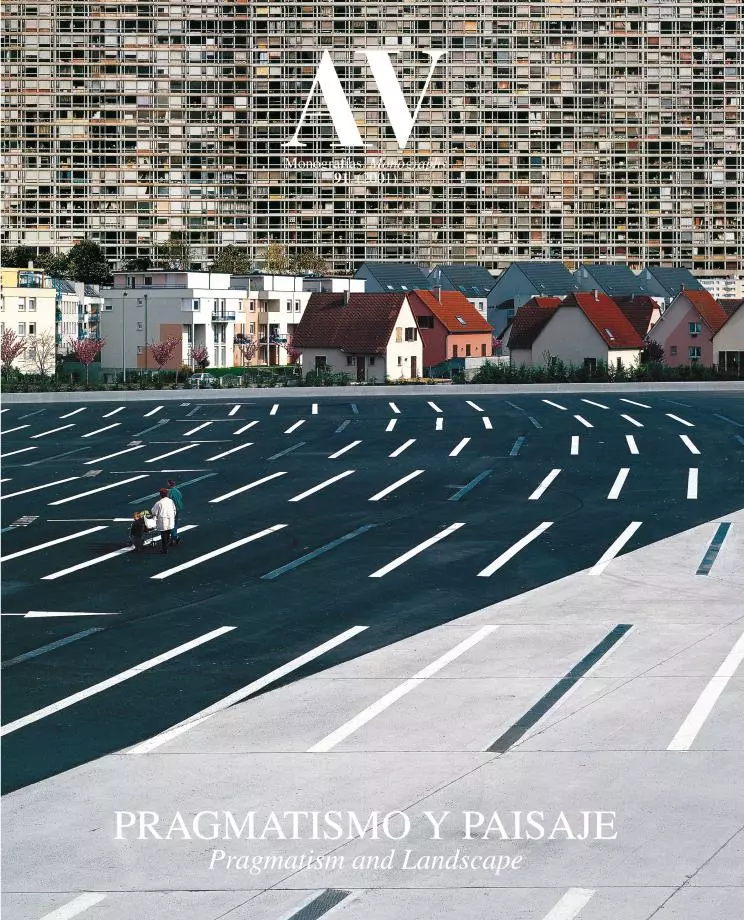Park Duisburg North, Duisburg
Peter Latz- Type Landscape architecture / Urban planning Park Refurbishment
- City Duisburg
- Country Germany
- Photograph Michael Latz
The declining industrial activity of the Ruhr basin has left large contaminated areas in disuse, that the Emscher Park initiative has set out to recover. In the city of Duisburg, the terrains once occupied by the Thyssen factory have been transformed into a 200 hectare park that explicitly renounces to become a figurative reproduction of the natural landscape. To maintain the industrial character that constitutes the region’s identity, the project wants to leave the place as intact as possible, bringing out the the remains of the old factory – now catalogued monuments of the industrial heritage – and placing an emphasis on the vegetation that has spontaneously taken over the area.
Conceived as a “park of parks”, the area of open land and industrial remains has been transformed into a conglomeration of different areas of activity structured from the existing scaffolding of railways, sheds and deposits. Within the extense development, the zone of blast furnaces has been treated with a special intensity. The grid of cyclopean walls of the foundry – which delimits secret gardens – has been conquered as training grounds for the mountaineering association, the extraction bunker has been fit out as an immersion pool for divers, while the slag tanks store the polluted grounds which, after being sealed, have allowed a garden to grow on top of them. Some squares open up among the constructions of the old iron and steel plant: the Cowperplatz is occupied by an orderly plantation of trees, while the Piazza Metálica hosts a stage for all types of events which is made of 49 steel sheets arranged as a rust carpet belonging to the factory leftovers. Stringing together such disparate thematic areas, the sheaf of slopes that once served to support the rails now forms a raised catwalk that makes it possible to view the park as a whole.
But beyond its recreational program, the park has brought about a series of measures to recover the contaminated landscape in which water plays a leading role. The canal that once poured the residues from the siderurgical process to the Emscher River now carries the pure water gathered from the building roofs and other horizontal surfaces, supplying ponds and gardens on its way. A wheel raises the water to ensure its correct oxygenation, impulsed by a windmill installed in a factory tower and that now constitutes the visible sign of the park and the new road of the Ruhr River basin... [+]
Cliente Client
Land Nordrhein-Westfalen
Colaboradores Collaborators
C. Rupp-Stoppel, K. Danielzik,A. Kuhn, T. Latz, P.Wilde, S.Meinicke,M. Schneider, P. Bedner, S. Hackl, G. Lipkowsky, R.Wenk,W. Gabriel, S. Riehl, G. Klose, C. Heimann,M. Leimbach, J. Dettmar
Fotos Photos
Michael Latz, Christa Panik







